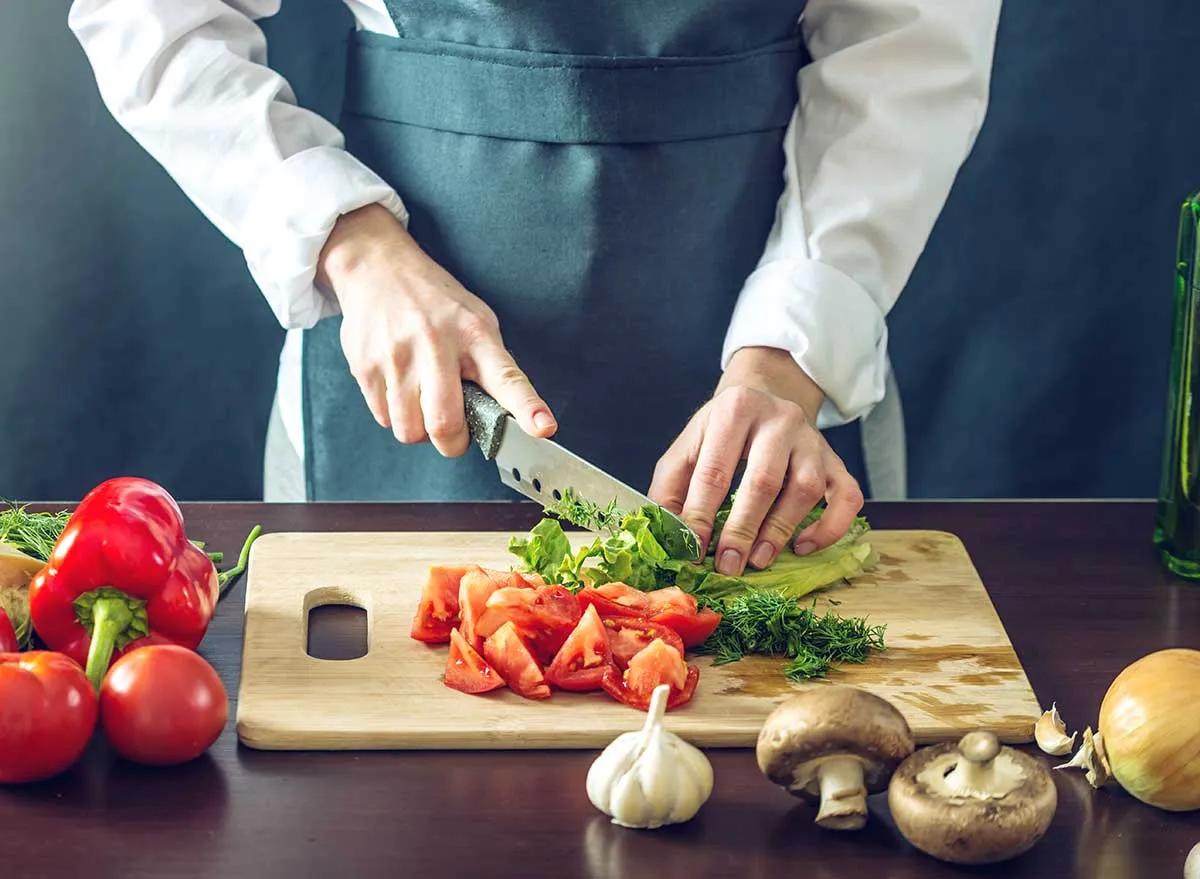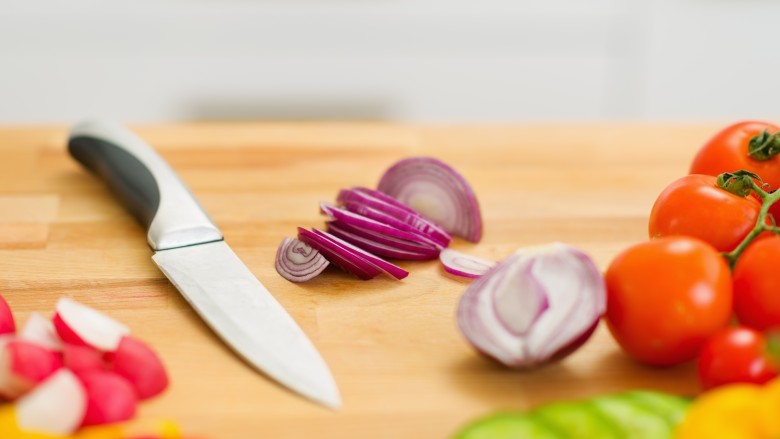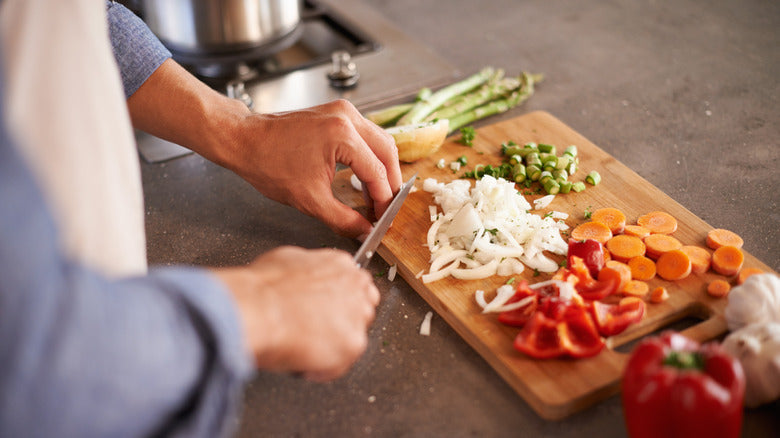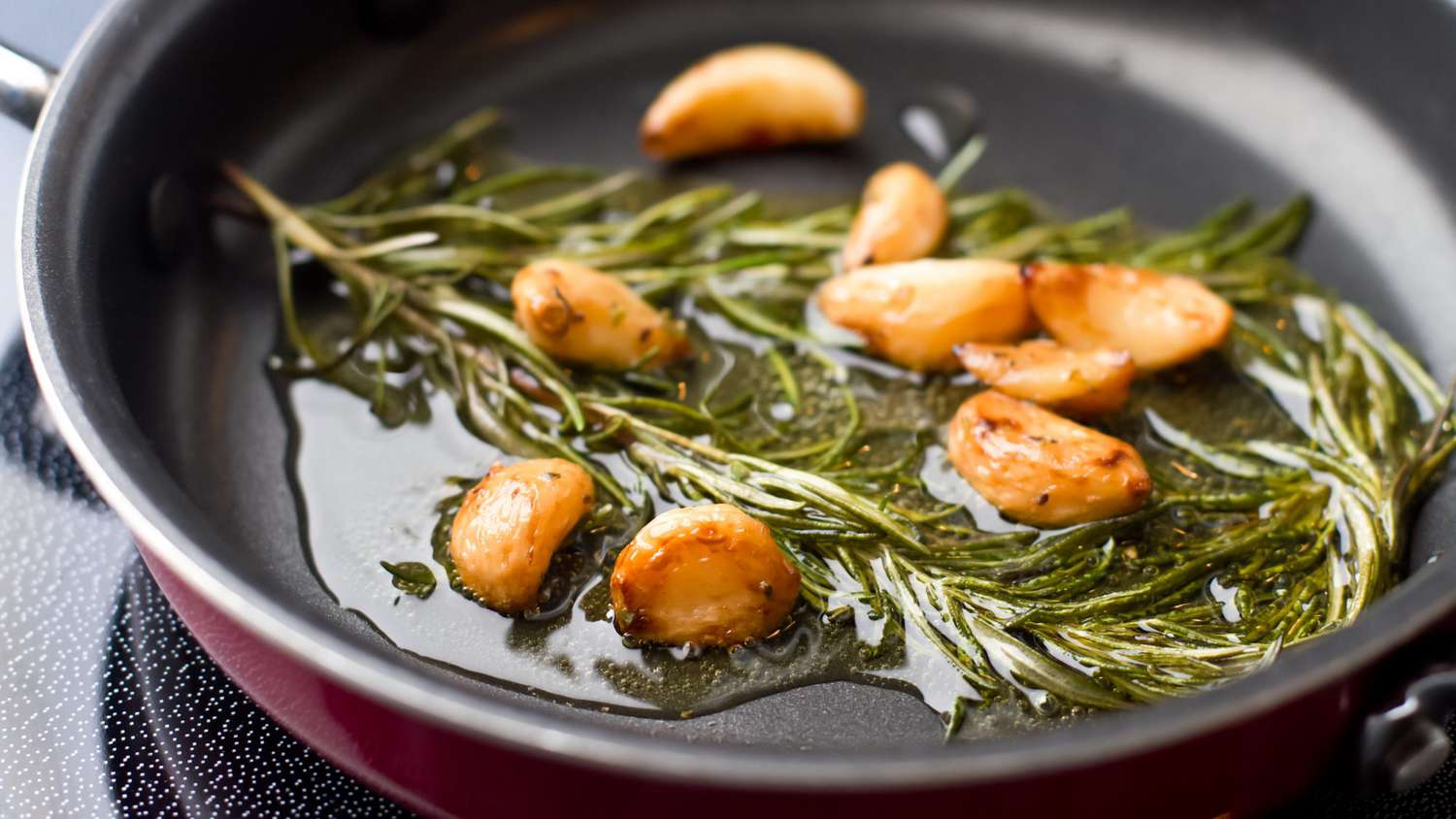When it comes to professional kitchens, the humble cutting board plays a pivotal role. Often overlooked, its one of the most frequently used tools, providing a safe and sanitary surface for food preparation. But have you ever stopped to think, What is cutting board made of? This question is essential, as the material impacts knife performance, hygiene, longevity, and even how easy the board is to clean. For kitchen professionals, knowing the ins and outs of cutting board materials is more than trivia; its a necessity for optimal functionality and safety in the kitchen.
In this article, well dive deep into the variety of materials that cutting boards are made of, exploring their pros and cons, and finding out which one might be best suited for professional use. From traditional wood to innovative glass, lets explore all the nuances.

Common Materials Used for Making Cutting Boards
Wooden Cutting Boards: The Timeless Choice
One of the most popular answers to What is cutting board made of? is wood. Wooden cutting boards are a classic staple in both home and professional kitchens, and for good reason. Types of wood commonly used include maple, walnut, cherry, and teak. These boards are known for their gentleness on knives and beautiful aesthetics.
Pros: Wooden boards are self-healing, which means minor scratches can close up over time. They are also naturally antimicrobial, which enhances food safety. Maple boards, for instance, are a preferred choice due to their hard, durable surface.
Cons: However, maintenance can prove challenging. Wooden boards require regular seasoning with mineral oil to prevent cracking and warping. To learn more about maintaining your wooden cutting board, visit how to reseal a wood cutting board.
Plastic Cutting Boards: Lightweight and Affordable
Plastic boards rank high in the realm of practicality. They are often made from polypropylene or polyethylene, making them lightweight and relatively inexpensive.
Pros: Plastic cutting boards are dishwasher-safe, easy to maintain, and come in various colors to help separate raw meat, vegetables, and cooked food for cross-contamination prevention.
Cons: The main downside is their susceptibility to knife marks, which can harbor bacteria over time. Additionally, heavy-duty use in professional kitchens can wear them down quickly.
Bamboo Boards: Eco-Friendly and Durable
Bamboo has emerged as a popular choice partly due to its environmentally-friendly origins. Unlike wood, bamboo is a grass, making it a rapidly renewable resource.
Pros: Bamboo boards are harder and denser than traditional wood, which makes them more durable. They are also less prone to absorbing moisture, reducing the risk of bacterial growth.
Cons: Their hardness can dull knives quicker than softer wooden boards. Regular use might also cause the glue that binds bamboo strips to deteriorate.
Glass Cutting Boards: Stylish Yet Practical?
Glass cutting boards may catch your eye due to their sleek and modern design, but their functionality is often debated in professional kitchens.
Pros: They are non-porous and exceptionally easy to clean. Additionally, they wont stain or absorb odors, making them hygienic.
Cons: Despite these advantages, glass is not recommended for professional kitchens as it is very harsh on knives, causing blades to dull quickly. Plus, their slippery surface can be a safety concern, especially when wet.
What Should Professionals Consider When Choosing a Cutting Board?
For kitchen professionals, choosing the right cutting board isnt just about aesthetics; it involves a careful balance between durability, maintainability, and safety. Key factors include:
- Knife-friendliness: Does the material dull the blade?
- Hygiene: Is the material resistant to bacteria?
- Durability: Can the material endure heavy usage?
- Ease of maintenance: Does it require special care?
- Environmental impact: Is the material sustainable?
Wooden boards often strike the best balance between these factors, though professional kitchens might benefit from having a mix of materials for different purposes. For more on cutting board safety, check out this useful guide on cutting board safety.
FAQs About Cutting Boards
1. Which cutting board material is the most hygienic?
Plastic boards are easier to sanitize in dishwashers, but wood has natural antimicrobial properties. If properly maintained, wooden boards can be equally safe for professional kitchens.
2. How can I prevent my wooden cutting board from cracking?
Frequent seasoning with food-grade mineral oil can help prevent cracking and warping. Learn the proper technique in this guide on removing mold and maintaining cutting boards.
3. Should I use separate cutting boards for meat and vegetables?
Yes, its highly recommended to minimize cross-contamination. Many chefs use color-coded plastic boards alongside their wooden alternatives for this purpose.

Conclusion
Understanding what is cutting board made of can significantly affect workflow, safety, and food quality in a professional kitchen. Materials like wood, plastic, bamboo, and even glass all cater to specific culinary needs, but none are a one-size-fits-all solution. By mixing and matching materials wisely and following proper maintenance techniques, you can maximize both efficiency and longevity, ensuring your tools serve you well for years to come.
For an in-depth guide on selecting the perfect kitchen tools, such as a cast-iron skillet or wok, explore [this blog](https://culinacooks.com/blogs/blog/how-to-cook-a-steak-in-a-cast-iron-skillet-with-butter) or What Is a Wok For?.
This article contains affiliate links. We may earn a commission at no extra cost to you.






Leave a comment
This site is protected by hCaptcha and the hCaptcha Privacy Policy and Terms of Service apply.